Life
Sign up for our newsletter
We summarize the week's scientific breakthroughs every Thursday.
-
 Animals
Animals‘Fathom’ seeks to unravel humpback whales’ soulful songs
The film ‘Fathom’ on Apple TV+ follows the quest of researchers on the ocean’s surface to decipher the eerie symphony of humpback whale calls below.
By Jake Buehler -
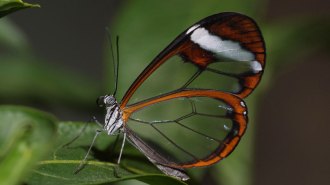 Animals
AnimalsNew images clarify how glasswing butterflies make their wings transparent
Close-up views of glasswing butterflies reveal the secrets behind the insect’s see-through wings: sparse, spindly scales and a waxy coating.
-
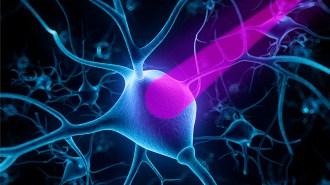 Health & Medicine
Health & MedicineControlling nerve cells with light opened new ways to study the brain
A method called optogenetics offers insights into memory, perception and addiction.
-
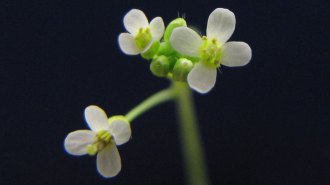 Plants
PlantsA widely studied lab plant has revealed a previously unknown organ
A cantilever-like plant part long evaded researchers’ notice in widely studied Arabidopsis thaliana, grown in hundreds of labs worldwide.
-
 Ecosystems
EcosystemsAs ‘phantom rivers’ roar, birds and bats change their hunting habits
A massive experiment in the Idaho wilderness shows it’s not just human-made noises that impact ecosystems. Natural noises can too.
By Nikk Ogasa -
 Paleontology
PaleontologyAn ancient creature thought to be a teeny dinosaur turns out to be a lizard
CT scans of hummingbird-sized specimens trapped in amber reveal that the 99-million-year-old fossils have a number of lizardlike features.
-
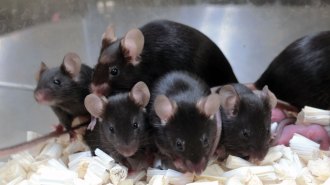 Animals
AnimalsMouse sperm thrived despite six years of exposure to space radiation
A space station experiment suggests future deep-space explorers don’t need to worry about passing the effects of space radiation on to their children.
-
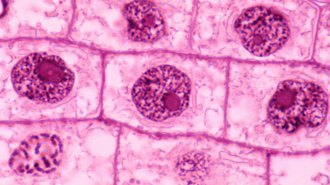 Life
LifeCells cram DNA into the nucleus in two distinct ways
Heat maps of cell nuclei show that some cells pack chromosomes that look like crumpled balls of paper, while others are neatly stacked.
-
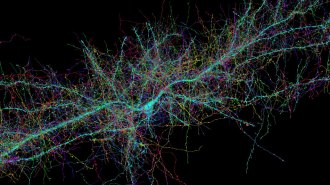 Neuroscience
NeuroscienceA deep look at a speck of human brain reveals never-before-seen quirks
Three-dimensional views of 50,000 cells from a woman’s brain yield one of the most detailed maps yet.
-
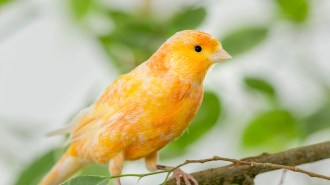 Animals
AnimalsThe mere sight of illness may kick-start a canary’s immune system
Healthy canaries ramp up their immune systems when exposed to visibly sick birds, without actually being infected themselves.
-
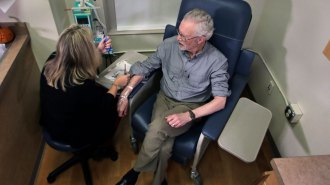 Health & Medicine
Health & MedicineFDA approved a new Alzheimer’s drug despite controversy over whether it works
A new Alzheimer's treatment slows progression of the disease, the drug’s developers say. But some researchers question its effectiveness.
-
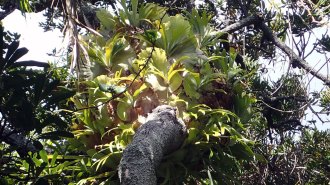 Plants
PlantsThese ferns may be the first plants known to share work like ants
Staghorn ferns grow in massive colonies where individual plants contribute different jobs. This may make them “eusocial,” like ants or termites.
By Jake Buehler